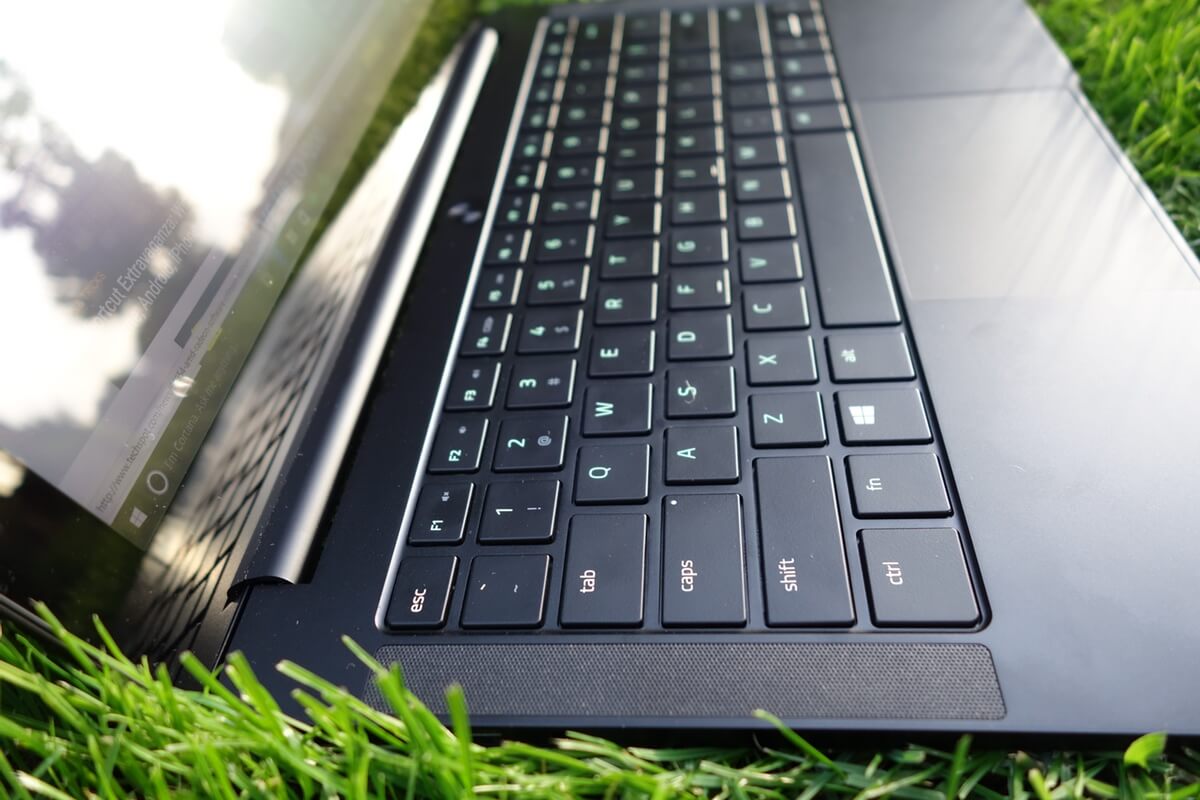Hardware Overview and CPU Performance
The only CPU available for the Razer Blade Stealth an Intel Core i7-6500U. This ultra low voltage i7 variant is based on 14nm Skylake silicon and is a dual-core with HT. When compared to Broadwell or even Haswell, performance improvements are slight at best so its best to focus on Skylake's significant contribution to power efficiency and graphics.
The i7-6500U with its 15w TDP performs similarly to Haswell CPUs with nearly double its power budget. This makes it perfect for ultrabooks like the Razer Stealth and offers plenty of power to meet the needs of most users. the Core i7-6500U is sufficient for many games, but integrated Intel HD 520 graphics quickly spoil the Blade Stealth's gaming potential without an external GPU solution. Even so, Intel's HD 520 is a significant improvement over previous generation GPUs like the HD 4600
The Blade Stealth's storage subsystem is blazing fast. Equipped with a removeable PCIe based SSD, the Stealth shows some great numbers. For configuration options, this is what you can expect:
- $999 (QHD, Intel Core i7-6500U, 8GB, 128GB SSD)
- $1199 (QHD, Intel Core i7-6500U, 8GB, 256GB SSD)
- $1399 (4K UHD, Intel Core i7-6500U, 8GB, 256GB SSD)
- $1599 (4K UHD, Intel Core i7-6500U, 8GB, 512GB SSD)
How does the Core i7-6500U and PCIe based SSD stack up in benchmarks? Let's take a look:







Keyboard and Trackpad
The Blade Stealth boasts a spacious clickpad. I've run into many poorly done clickpads over the years but this one is a success, mostly. The size and smoothness of the surface produce a nice tactile experience. The Stealth's touchpad also handled gestures and motion really well. However, accidentally triggering the trackpad while typing was a periodic irritation. There's only the thinnest of gaps between the trackpad and keyboard which makes brushing against it while typing inevitable. Unfortunately, aggressive palmcheck settings did little to solve the problem.
Chiclet style keyboards have become prolific in recent years, especially on ultrabooks, and this is exactly what the Stealth Blade is packing. While island keyboards get high marks for aesthetics and low noise, the trade off is often a diminished typing experience. The Stealth has a mediocre keyboard in this genre making it fine for surfing the web but makes a poor choice for banging out your master thesis. WASD gaming comfort suffers a bit here as well, but it's doable.

By far, the standout keyboard feature is the Stealth's fully customizable RGB backlighting. Users can customize lighting on a key-by-key basis with programmable effects like breathing, ripple and wave courtesy of Razer Chroma.
Configuration is performed through Synapse, the same do-it-all config utility used by all Razer products. If you've ever used Synapse before, you'll be right at home. The control you have over lighting is both impressive and fun. If you aren't keen on all the lights though, you can simply turn them all off through Synapse – even the glowing Razer logo.
Additionally, Chroma apps promises devs a way to create lighting experiences fine-tuned for specific uses like immersive gaming. Synapse even provides keyboard macros.


